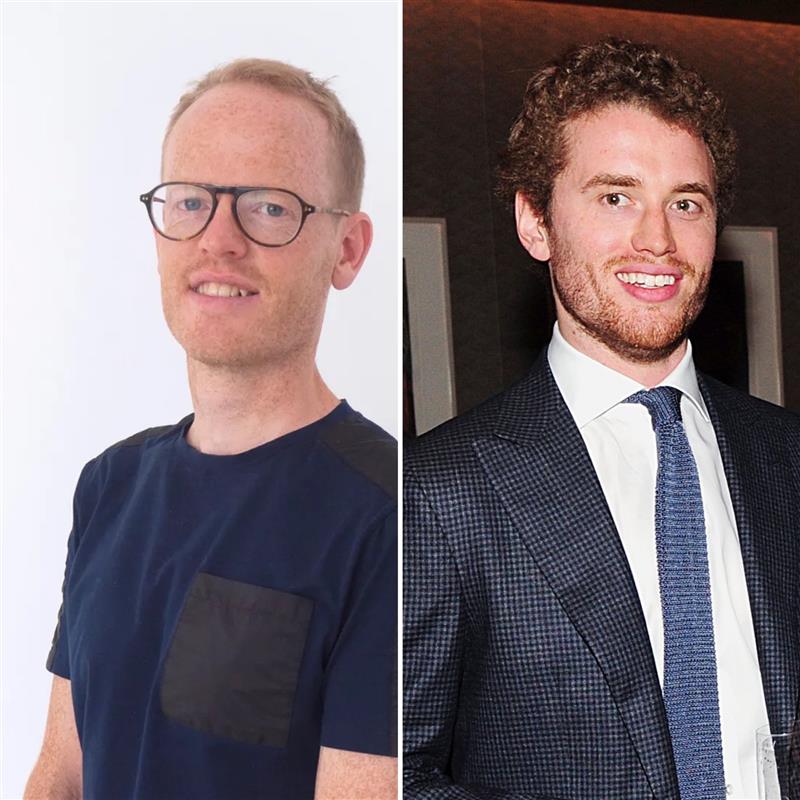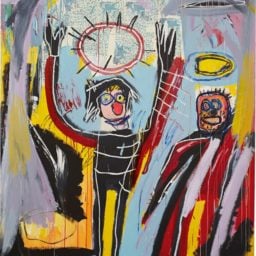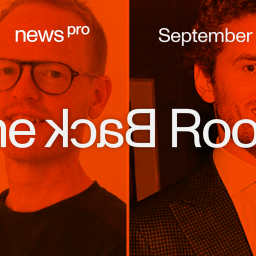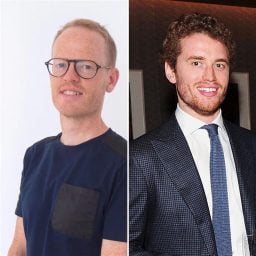Who is “Hashtag”? Who is “Hedgie”?
Art dealer Robert Newland, who pleaded guilty last year to his role in a massive fraud scheme with imprisoned dealer Inigo Philbrick, has just filed bombshell new documents in a U.S. District Court ahead of his sentencing in New York next week.
In the court papers, he reveals in extraordinary detail the duo’s brazen machinations: the code names they used for prominent art collectors, the ways they “stuffed” unknowing clients and invented fictional celebrity “beards” to prop up prices.
As part of his bid for leniency, Newland, a U.K. native, submitted the 80-page memo written by his attorneys and a direct letter to the judge outlining how the pair churned through tens of millions of dollars in fraudulent art sales and loan applications by telling a web of lies to everyone around them. At turns forthright and defensive, Newland paints a picture of Philbrick as the mastermind behind the volatile schemes, which he said he consistently tried to extricate himself from, or believed he could fix.
Philbrick’s business collapsed in late 2019, soon after a disgruntled client, Berlin-based art investors Fine Art Partners, sued him and revealed elements of the fraud.
Newland’s attorneys did not respond to a request for comment.
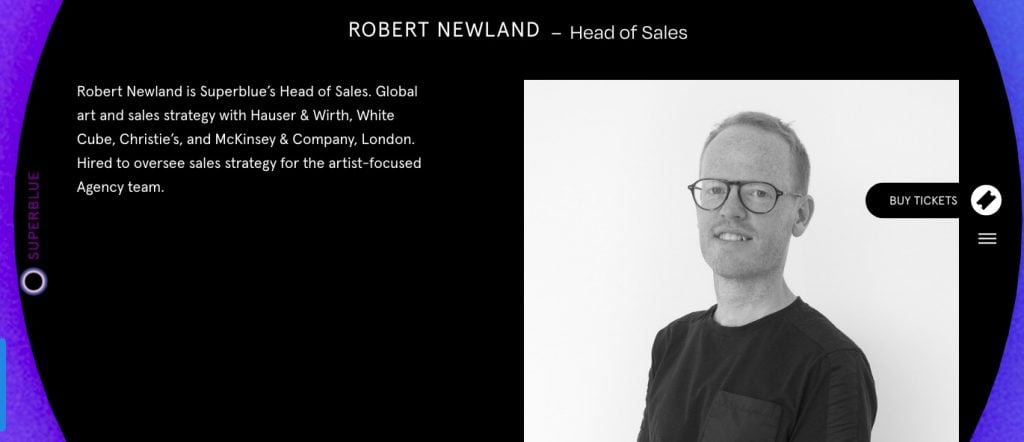
A now-deleted screenshot of Newland’s staff page via Superblue.com
Among the surprising practices Newland described was Philbrick’s frequent use of the term “beards” to refer to “the use of a third party, often someone of note, to purchase an in-demand primary painting from a gallery.” The idea was to strategically—and publicly—sell works at below-market prices to prominent collectors, celebrities, or museums in order to create heat and raise the overall market value of the artist’s work—and then buy it back to resell. Newland said “bearding” was “Inigo’s most commonly deployed tactic to access primary works.”
However, in some cases it appeared the “beards” themselves were entirely fictitious. “Philbrick used a variety, ranging from a movie star collector to a billionaire collector’s art advisor pretending to be purchasing on his boss’s behalf to a discerning Japanese collector who did not exist,” according to the memo. (The latter character was supposedly played by a Japanese acquaintance of Philbrick.)
Newland’s team wrote that he learned in his first meeting with Philbrick about another practice that involved selling a painting before it had been purchased. “In these deals, a conversation would be started with client A to buy a painting from them. If this looked promising, a conversation would be simultaneously started with client B to sell the painting to them. This much is normal business practice,” he said. But Inigo then proceeded in reverse order, taking the money from client B before acquiring the work from A.
“This took out the risk that the buyer might not complete on the purchase, replacing it with the risk that the seller might not come through and sell,” according to Newland.

Jean-Michel Basquiat, Humidity (1982).
Another term Newland defined for the court was when he and Philbrick decided to “stuff” a collector, which he described as the process of persuading a buyer to “co-invest in overpriced work that the dealer couldn’t sell to others or needed to buy at auction to support an artist they represented.”
For one of Philbrick’s newer clients at the time, “it meant they were stuck invested in overpriced, illiquid artworks,” Newland’s lawyers wrote.
As for “teeming and lading?” That’s the “practice of paying out Creditor A with the proceeds of a sale that was due to Creditor B.” Those creditors were commonly referred to by code name among the dealers: One was “Hashtag”; another was “Hedgie.”
Newland, who formerly worked for McKinsey, admitted that he spotted red flags right after he signed on as a consultant to Philbrick in early 2017, but wasn’t too concerned. On the use of offshore accounts, he wrote: “This did not shock me. I didn’t see the offshore structure as exceptional in and of itself… I’d quickly come to learn that a fair amount of deception was accepted practice in the art world.”
He later admitted to forwarding forged documents and conveying information about clients’ investments that he knew was false, among other wrongdoing.
Newland’s letter to the judge, filed on September 4, opens by saying that he wanted to address why he committed his crimes.
“How did I do this to my family, to the innocent victims of my fraud, to everyone who believed in and depended on me, and to myself?” he wrote. “I had what most would consider a dream life of a lovely wife, healthy children, and a well-paid job that I really enjoyed. Yet at every moral crossroad, as the stakes got bigger and bigger, I took the coward’s way out by continuing the lies rather than facing the consequences. I am ashamed and disgusted by what I did.”
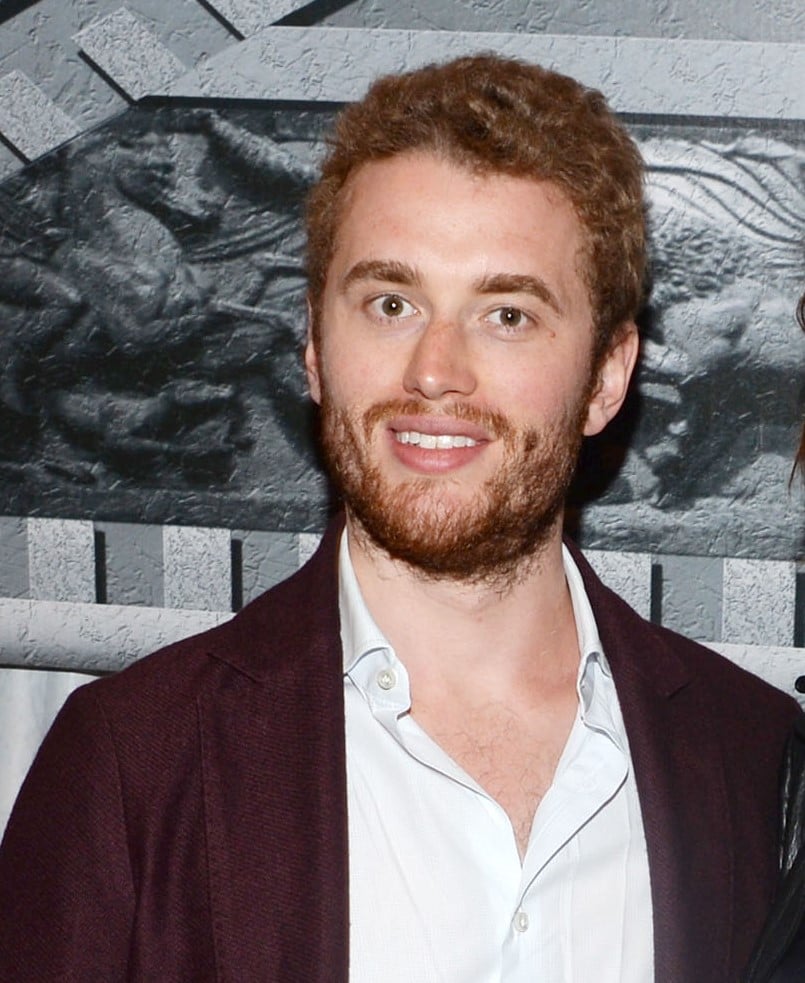
Inigo Philbrick. Photo by Clint Spaulding, ©Patrick McMullan.
Newland first met Philbrick while they both worked at the London gallery White Cube. Newland, according to his LinkedIn profile, was a full-time commercial director there from 2012 to 2016. Philbrick was a rising star at the gallery, in Newland’s account, who had quickly outgrown his role as a collection manager to actively buying and selling art.
White Cube and its owner, Jay Jopling, are identifiable throughout the filings based on public knowledge of Newland and Philbrick’s employment timelines and business dealings, but those names and the names of other clients are redacted throughout the documents.
“His level of profitability was staggering,” Newland recounted. “I saw data that Inigo had taken the operational profitability of [name redacted] to over $10 million versus the circa $1 million we were making in the core [redacted] gallery business.”
“Jay Jopling is a victim of Rob and Inigo’s frauds,” a representative for White Cube told Artnet News in an email. “We have no further comment on the legal proceedings which are still ongoing.”
In 2020, after Philbrick’s business collapsed and he fled the country, Jopling told Artnet News that the dealer “struck me as a smart, ambitious young man with a good eye for art and an impressive commercial sense.” When Philbrick “decided to launch his independent career in 2013,” Jopling continued, “I agreed to support him financially.”
After the first major lawsuit was filed against Philbrick in October 2019, London’s High Court granted Jopling an injunction to protect his business interests with Philbrick.
Newland pleaded guilty last September to one count of conspiracy to commit wire fraud, which carries a maximum sentence of 20 years in prison. Since June 2022, Newland, who has been free on bail in the U.K., must abide by a nightly curfew and wear an electronic monitoring tag from his home in West London, according to The Times of London.
Along with Newland’s letter to the judge, nearly 100 other relatives and friends issued statements attesting to his character as a loyal father and husband who got caught up in a fraud he didn’t know how to escape. “Rob rarely buys clothes and is often found wearing a jumper knitted by his mom,” one wrote. As a result, they are asking for leniency, including the possibility of limiting the penalty to home confinement instead of incarceration.
Meanwhile, Philbrick, who was captured in June 2020 on the South Pacific island of Vanuatu, pleaded guilty to the charges against him and is currently serving time in a federal prison in Pennsylvania. He is scheduled for release sometime in 2024.
